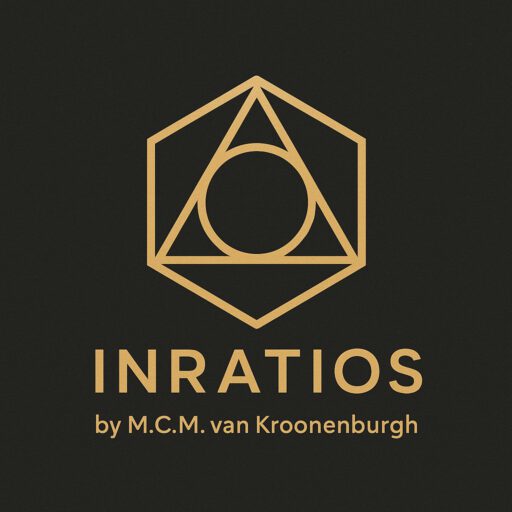Seeing Differently
Why Structure Will Guide AI – From Vision to Understanding
From Eyes to Insight
Artificial Intelligence has become remarkably good at seeing.
It detects faces in a crowd, reads license plates, and sorts millions of images with astonishing speed.
But here’s the thing:
Seeing isn’t the same as understanding.
A neural net may label a shape as “circle,” “triangle,” or “person,”
but it does so by matching patterns, not by understanding structure.
And that’s where the limit lies.
Because recognition is reactive.
Structure is interpretive.
To move forward, AI needs to go deeper.
Not just to see, but to know what it sees.
That’s where the Geometric Ratio Model (GRM) begins to lead.
From Classification to Comprehension
Traditional AI systems are trained on datasets.
Thousands of labeled examples teach the machine what to expect, and how to label new input.
But GRM offers a fundamentally different approach:
- It doesn’t require training data.
- It doesn’t rely on human-made categories.
- It uses fixed proportional logic, direct, structural, and testable.
In GRM, shapes are not identified by resemblance,
but by how much of their container they occupy.
This allows AI to:
- Evaluate unknown or distorted shapes
- Measure deviation from canonical forms
- Detect structure without needing labels
- Build internal logic, not just external associations
Suddenly, the system isn’t learning what a circle looks like.
It’s learning what a circle is.
Why This Matters for the Future of AI
As AI moves into medicine, safety systems, legal tech, design, and autonomous decision-making, explainability becomes critical.
And what’s more explainable than proportion?
- Instead of “The model guessed this was a circle,”
→ “The input measured 0.7852 SAU, within tolerance for canonical circle.” - Instead of “The system flagged an anomaly,”
→ “Deviation from baseline structure exceeded 5.6%, ratio shifted beyond bounds.”
This isn’t just more accurate.
It’s more transparent.
More ethical.
And, ultimately, more trustworthy.
GRM offers a logic that systems can use to validate, not just classify.
It brings shape recognition closer to understanding,
because structure doesn’t depend on probability.
It is.
The Broader Implication: A Visual Logic for the Digital World
GRM doesn’t just help AI.
It helps any system that works with form, ratio, and design:
- Design tools that adjust layout based on structural fit
- Educational software that explains geometry as ratios, not memorized formulas
- 3D engines that validate models without simulation
- Art generators that use proportional rules for composition
- Robotics that detect not just objects, but the stability of their shape
What unites all these?
They’re moving from seeing to interpreting.
From recognizing to reasoning.
The Road Ahead
This week, we explored a new way of looking.
Not with our eyes, but with proportion.
We saw how GRM listens to shapes,
how it maps deviation, bypasses labels, and redefines measurement.
And now, we end with a shift in mindset:
Understanding begins when systems stop guessing, and start measuring.
Because when machines begin to see like this,
they don’t just process images.
They read structure.
They recognize balance.
They begin to understand form itself.
And that’s the beginning of something much bigger.
Want to explore more?
Visit inratios.com for tools, whitepapers, and visuals that bring GRM to life.
Or follow the series on LinkedIn to join the conversation.
This was: Beyond the Surface – Visual Geometry Reimagined.
Let’s keep seeing differently.

